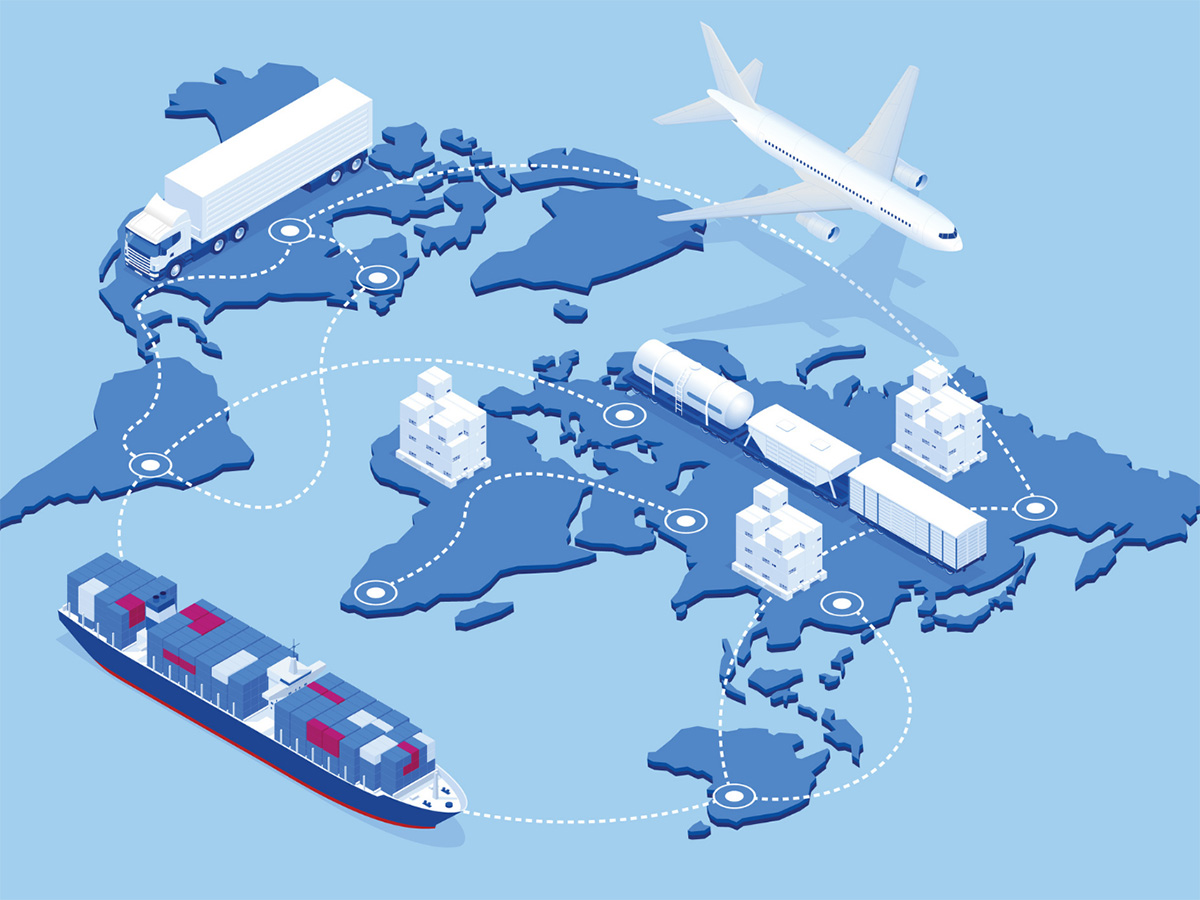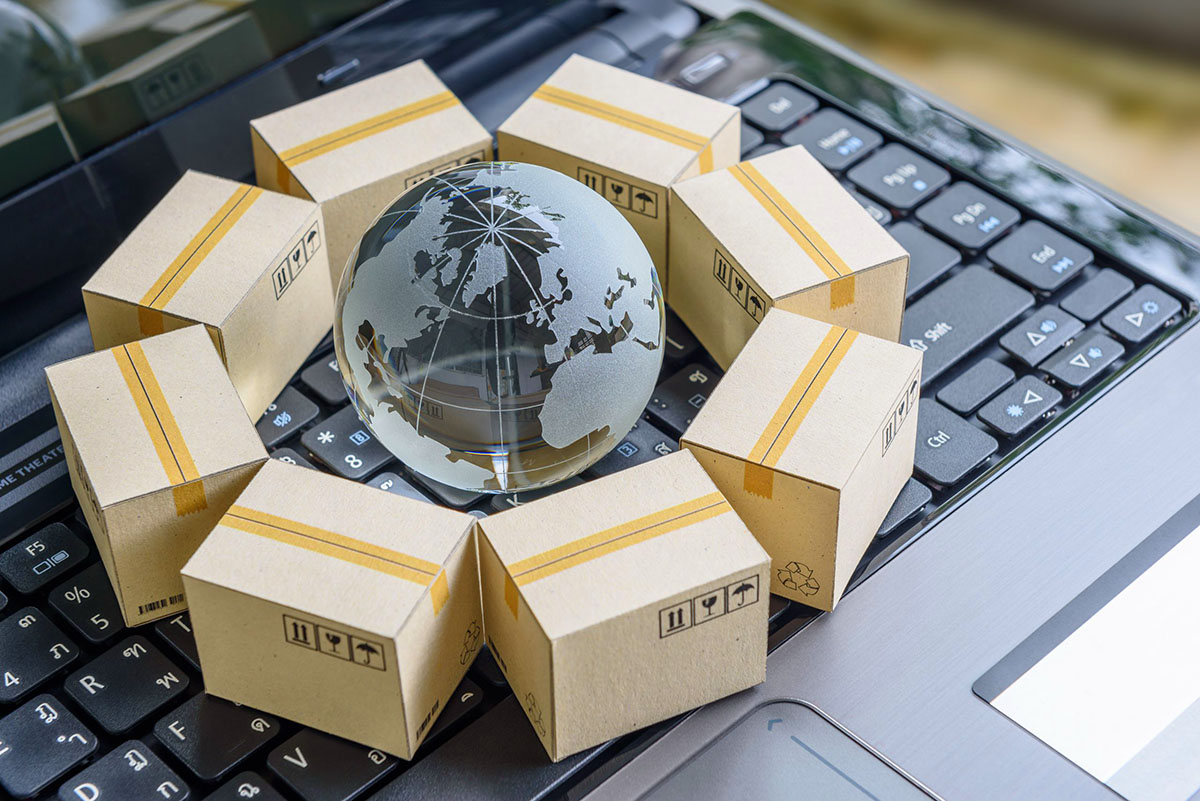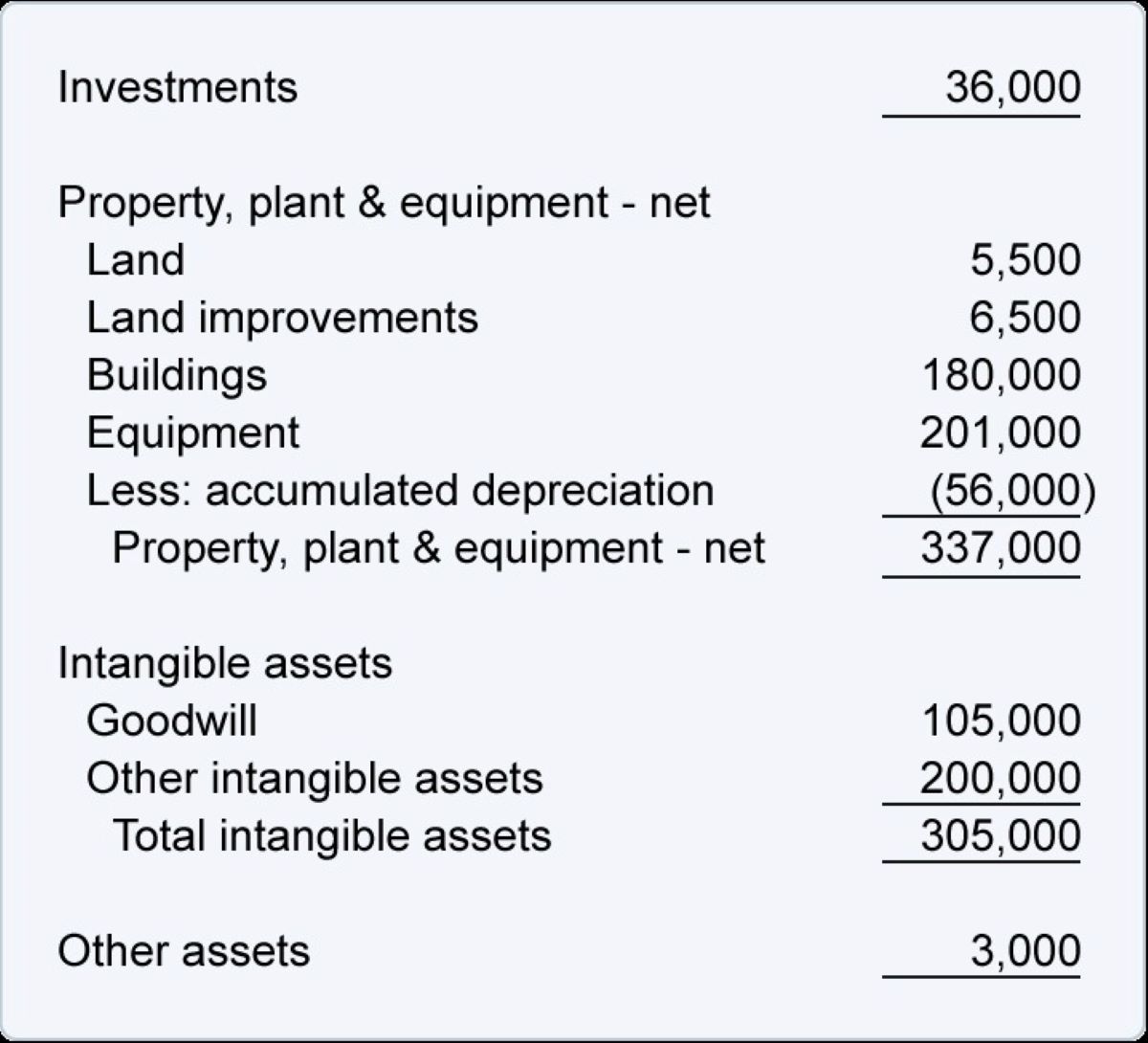

Finance
Invisible Supply Definition
Published: December 13, 2023
Learn about the invisible supply in finance and how it impacts the market. Understand the concept and its significance for financial analysis.
(Many of the links in this article redirect to a specific reviewed product. Your purchase of these products through affiliate links helps to generate commission for LiveWell, at no extra cost. Learn more)
The Magic of Invisible Supply in Finance
Finance is a fascinating world! It’s filled with complex concepts, powerful tools, and crucial components that drive economic growth. Today, we’re going to dive into a category on our page called “Finance” to explore a concept that may seem paradoxical at first: Invisible Supply.
Key Takeaways:
- Invisible Supply refers to the goods and services that are not physically visible but play a vital role in the economy.
- Understanding Invisible Supply enables businesses and investors to make informed decisions and stay ahead in the competitive landscape.
What exactly is Invisible Supply and why is it important to grasp this concept? Invisible Supply refers to the underlying infrastructure, systems, and services that support the visible supply chain. While we often focus on the tangible products that we can see and touch, such as gadgets or food, there is an entire hidden world that keeps these products flowing smoothly.
Imagine walking into a supermarket and picking up your favorite snack from the shelf. It’s easy to assume that this snack simply appeared on the shelf out of thin air, but that’s not the case. Behind the scenes, there is a complex network of manufacturers, distributors, and suppliers working tirelessly to produce, transport, and deliver that snack to the store.
Invisible Supply encompasses everything from logistics and transportation to information systems and technology infrastructure. It includes the software that manages inventory, the trucks that haul the products, and the networks that connect businesses across the globe. Without these unseen elements, the supply of goods and services would grind to a halt.
Now, you might be wondering how Invisible Supply impacts the finance world. Well, the financial sector relies heavily on Invisible Supply to function efficiently. Banks, for instance, depend on backend systems and infrastructure to seamlessly process transactions, safeguard customer data, and manage risk. Stock exchanges require robust trading platforms and fast communication networks to facilitate the buying and selling of securities.
Investors and businesses need to understand Invisible Supply to make informed decisions. By examining the underlying infrastructure and systems that support a company, investors can gain insights into its potential for growth or vulnerability to disruption. Similarly, businesses can identify bottlenecks or inefficiencies in their operations and address them proactively.
Key Takeaways:
- Invisible Supply refers to the goods and services that are not physically visible but play a vital role in the economy.
- Understanding Invisible Supply enables businesses and investors to make informed decisions and stay ahead in the competitive landscape.
In conclusion, while the concept of Invisible Supply may not be readily apparent, it is undeniably crucial. The invisible infrastructure, systems, and services support the visible supply chain and keep our economies running smoothly. By recognizing and understanding Invisible Supply, businesses and investors can gain a competitive edge and navigate the ever-evolving landscape of finance.














